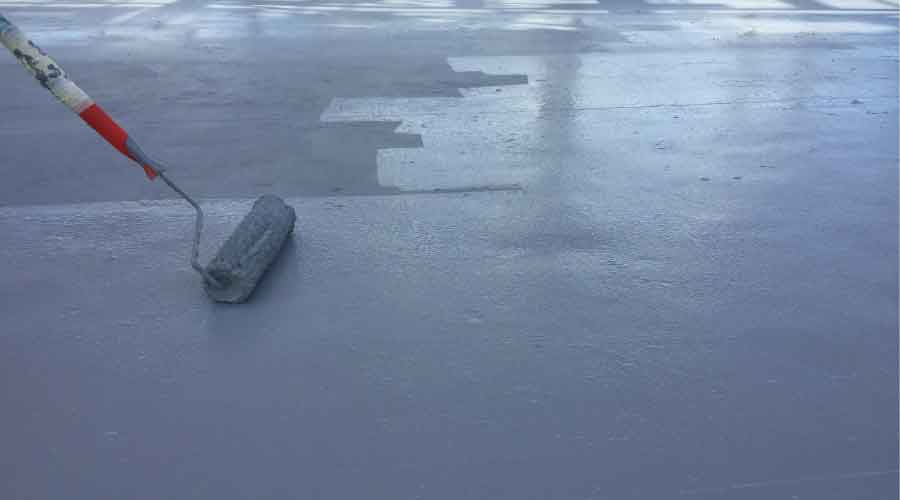Does Your Coating Match Your Roof Type?
Managers have many choices, and more than one can be effective for a particular application, so matching the coating with roof type is critical.
Roofs and roof coatings provide critical layers of protection for institutional and commercial facilities, so selecting the most appropriate type of coating for a particular roof is a critical decision. But it is only the first step. Maintenance and engineering managers need to consider the entire life cycle of roofs to ensure the selected coating can protect the facility effectively.
To ensure a roof delivers long-term performance, managers need to match the coatings to the roof, understand guidelines for membrane preparation and coating application and implement effective practices for inspecting and repairing roofs and coatings.
Matching coatings to roof types
Coatings play an essential role in protecting the roof membrane and holding down life-cycle costs, but which coating is the most appropriate?
Among the most common types of roofs are: built up asphalt roofs (BUR); polyvinyl chloride (PVC); thermoplastic olefin (TPO), ethylene propylene diene monomer (EPDM), rubber, concrete tile, and metal, which includes tin, aluminum, copper, or steel.
TPO roofs do not require coatings other than for repairs, while metal is always coated to improve its weather and ultraviolet resistance. EPDM, butyl rubber and Hypalon are different formulations of synthetic rubber.
Liquid butyl rubber coatings have an array of applications, except over asphalt and asphalt cement. They can save managers and technicians time and money because most applications are one-coat. They last three to four times longer than elastomeric and acrylic coatings, which require a primer, base coat and a topcoat.
Many new roof materials, such as solar panels and improved versions of existing materials like stone coated metal, have broadened managers’ choices even more. In the liquid rubber choices, in addition to sheets, which cannot seal some places, several liquid rubber choices are now available.
First, liquid rubber coatings provide a seamless coating, where sheets do not. Also, the introduction of liquid rubber tape has made the repair of damage with liquid rubber coating more dependable. Managers can consider these ten reasons to understand why liquid butyl rubber is gaining in use:
- The solvent is included in the product, so it needs no separate curing agent.
- No primer is needed,
- It offers improved pot life of 72 hours
- 11 colors are available.
- ASTM tests are complete.
- Depending on temperature, it dries in three-five hours.
- It deters mold and mildew growth.
- It has tensile strength greater than 1,500 psi.
- It elongates to five times its original dimensions.
- It offers a shelf life of five years.
Testing results from ASTM and ANSI, along with safety guidance from OSHA, give managers crucial information when specifying coatings and ensuring technicians apply them safely for uniform, long-lasting results. Understanding these tests and their findings aid in making beneficial material decisions.
Thomas A. Westerkamp is a maintenance and engineering management consultant and president of the work management division of Westerkamp Group LLC.
Related Topics:













